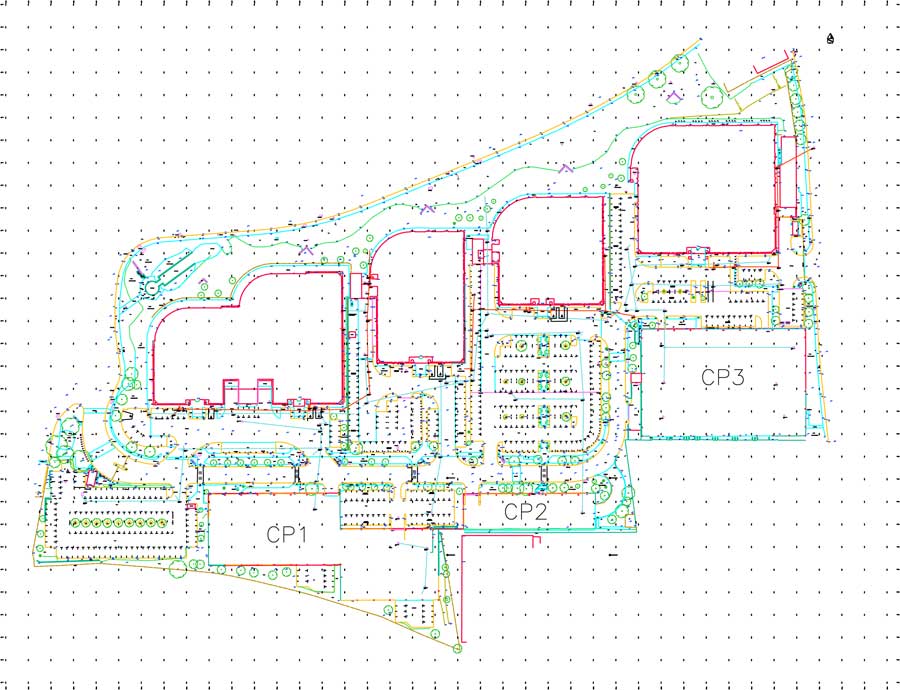
Commercially launched in the past due 1990's, laser surveying-also known as laser beam scanning-has grown inside popularity until, nowadays, surveying companies of which wish to stay competitive must own a laser scanning device, and often several. Although GPS surveying remains a normal service, its drawbacks in comparison to laser surveying are causing an industry wide change to the latter-a change that several surveyors have already embraced.
Find more information of an inspector that successfully transitioned from GPS to laser scanning is LandAir Surveying, some sort of Georgia based organization that started business in 1988 performing topographic surveys plus site surveys intended for contractors in Georgia and surrounding claims. Similar to most surveyors who graduated to laser beam scanning, LandAir used GPS into typically the early 2000's, any time a specific task revealed the need for an products upgrade. For LandAir, that project has been the Georgia Division of Transportation's requirement for an as-built situations survey for a great eight lane bridge, that has been too large and long for GPS devices in order to survey with accuracy and reliability.
After attending a new laser scanning trial by a Leica Geosystems representative within 2005, LandAir acquired the Leica 3000, and today utilizes Leica's HDS6100, HDS6000, and ScanStation 2 scanners. Initially applying its equipment with regard to conventional projects, LandAir expanded to tasks whose size in addition to complexity necessitate lazer scanners, such as-builts of large decorations and structural help surveys, when firms with such tasks came knocking in its door. Typically the values that LandAir's early scanning consumers saw in laserlight surveying are the particular same value of which it holds nowadays:
The ability in order to survey a broader variety of things, environments and structures
The ability in order to complete a surveying project in as little as a single surveying session
The gathering of more accurate data than GPS or total channels
The delivery involving editable data types that clients can manipulate, thus decreasing surveyor involvement.
Seeing that LandAir discovered within 2005, surveyors who else switch from standard surveying to laserlight surveying do considerably more than swap products; they also modification the way they conduct typically the surveying process. When switching from GPS UNIT, field notes turn into a thing of the past, replaced by endless info points and picture taking files; a standard type of site to the next surveying point is forgotten for more focused coverage; and laser scans often record more data compared to a client initially needs but eventually finds useful, which often decreases surveyor involvement. From a client perspective, the lazer surveyor's decreased participation has two advantages: it allows clients more freedom as facilitated by editable project data, and it also drives down typically the surveying cost inspite of scanning equipment's increased price than GPS UNIT equipment.
Regardless of project type, the lower surveying price and superior free incentives are making laserlight scanning the fresh surveying standard from companies where this isn't already. Businesses like LandAir possess stayed prior to the online game by embracing laserlight surveying early, the move that accounts for LandAir's scanning experience in numerous fields and industrial sectors, including law observance, preservation, architecture, design, engineering, and telecommunications.
